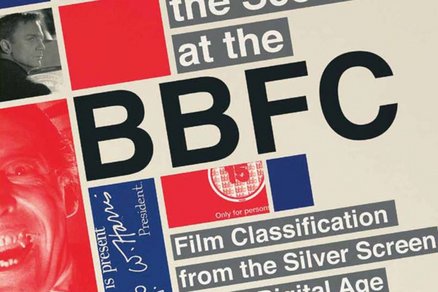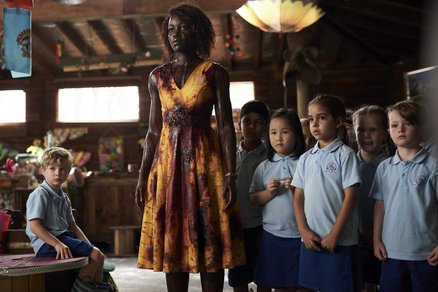
Using film in the classroom
Film can be used as part of a cross-curricular programme of study to introduce students of any age to key topics and themes in an accessible and age appropriate way.
In order to keep learners safe in the classroom, we've pulled together a short teachers’ guide to showing films or film clips in the classroom.
Showing films in the classroom: best practice tips
Make sure to check the BBFC age rating and content advice before screening any film, even for those rated U or PG!
If possible, make sure that you or another teacher has viewed the film in full beforehand, in order to make sure that you’re aware of all the issues the film contains. This will help you anticipate any safeguarding requirements that you may need to put in place in advance of a screening.
If using clips from YouTube, remember that though the clip you’re using may not contain any material that you consider unsuitable for your class, the film itself may be rated much higher than you think, or contain content issues that are not age appropriate. We therefore recommend that you check the age rating and content advice of any film that you’re showing a clip from before showing it to your class.
Check to see if your school or college has any policies relating to the screening of film or audio-visual material before using any in class.
Get parental consent prior to showing a film in class. This is particularly important for primary school settings. Download our consent form.
Remember that it is not illegal to show an age restricted DVD or Blu-ray, or stream a BBFC rated film to persons who are under aged in the classroom. However, we strongly advise against doing so unless the children or young people in question are close to the age of the rating, and there is a serious educational purpose to showing the film (for example, it is a key text on an exam specification).


